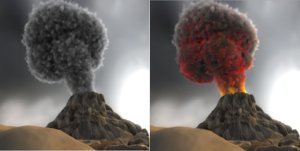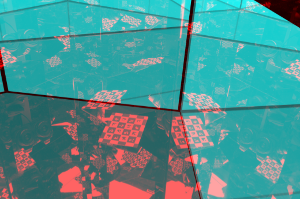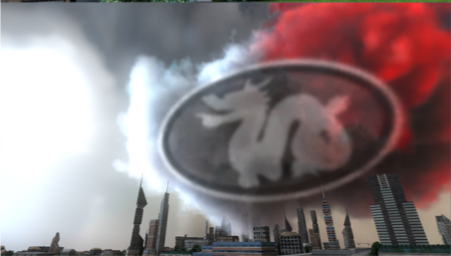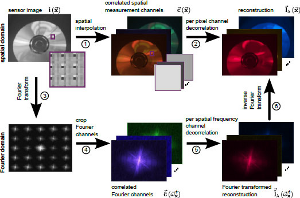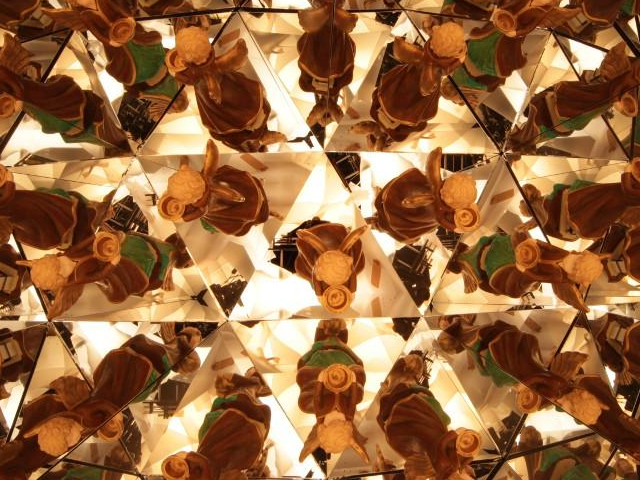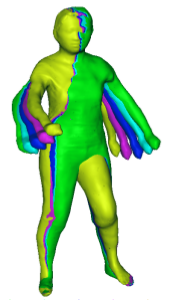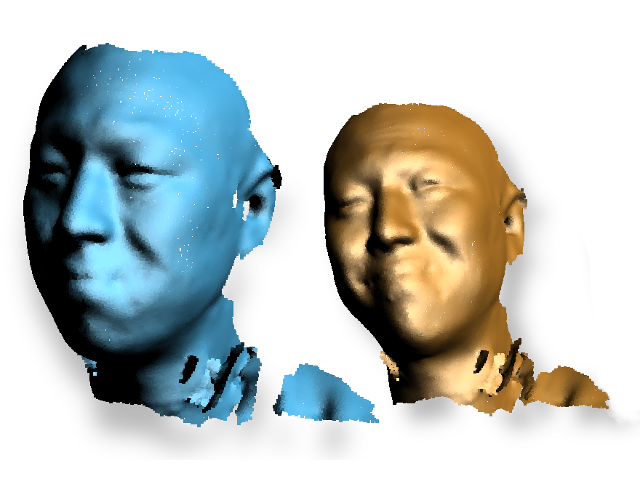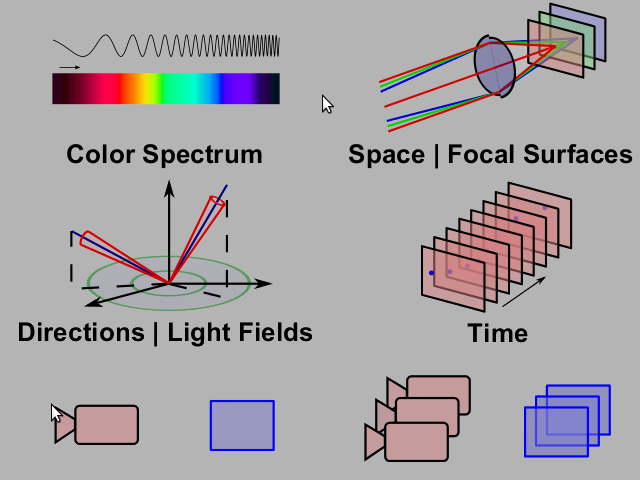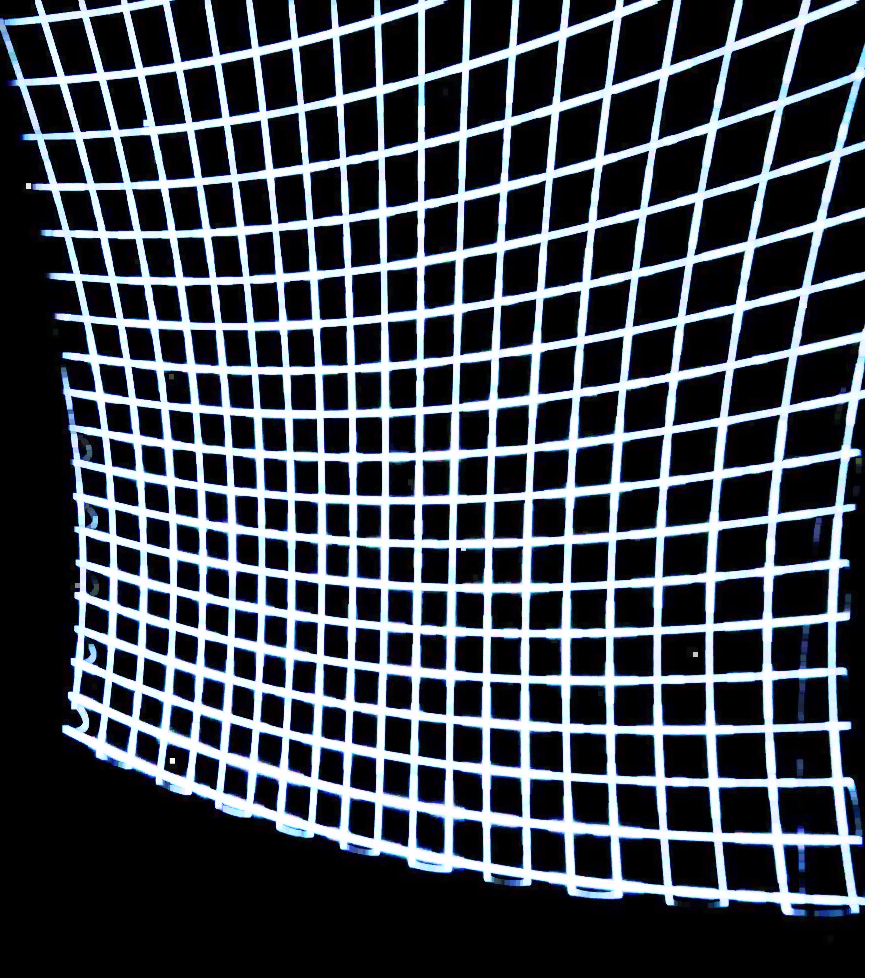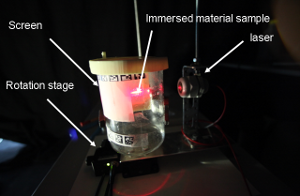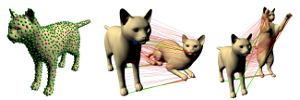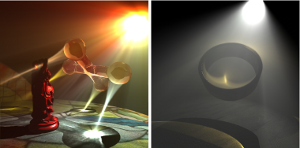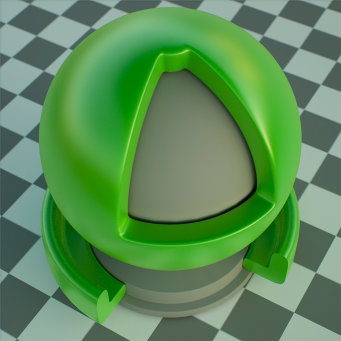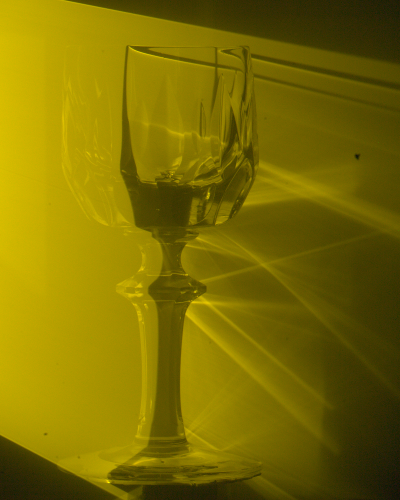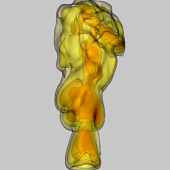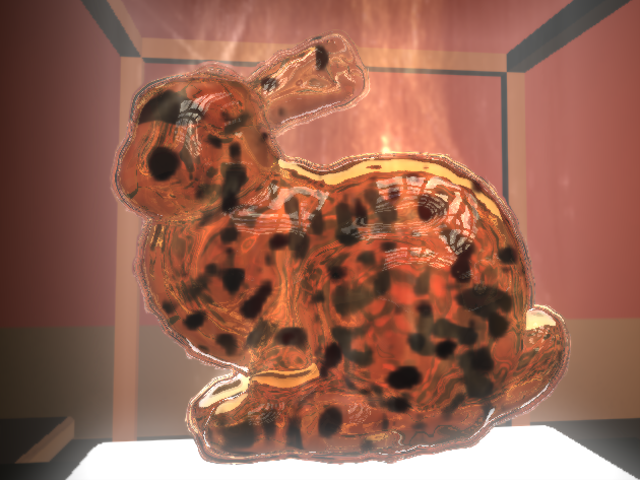From Capture to Simulation - Connecting Forward and Inverse Problems in Fluids
We explore the connection between fluid capture, simulation
and proximal methods, a class of algorithms commonly used
for inverse problems in image processing and computer
vision. Our key finding is that the proximal operator
constraining fluid velocities to be divergence-free is
directly equivalent to the pressure-projection methods
commonly used in incompressible flow solvers. This
observation lets us treat the inverse problem of fluid
tracking as a constrained flow problem all while working in
an efficient, modular framework. In addition it lets us
tightly couple fluid simulation into flow tracking,
providing a global prior that significantly increases
tracking accuracy and temporal coherence as compared to
previous techniques. We demonstrate how we can use these
improved results for a variety of applications, such as
re-simulation, detail enhancement, and domain
modification. We furthermore give an outlook of the
applications beyond fluid tracking that our proximal
operator framework could enable by exploring the connection
of deblurring and fluid guiding.
Projects
Bradley Atcheson, Ivo Ihrke, Wolfgang Heidrich, Art Tevs, Derek Bradley, Marcus Magnor, Hans-Peter Seidel
In: Proceedings of SIGGRAPH Asia 2008.
Go to project listIn: Proceedings of SIGGRAPH Asia 2008.
Abstract
Fluid simulation is one of the most active research areas in computer graphics. However, it remains difficult to obtain measurements of real fluid flows for validation of the simulated data.
In this paper, we take a step in the direction of capturing flow data for such purposes. Specifically, we present the first time-resolved Schlieren tomography system for capturing full 3D, non-stationary gas flows on a dense volumetric grid. Schlieren tomography uses 2D ray deflection measurements to reconstruct a time-varying grid of 3D refractive index values, which directly correspond to physical properties of the flow. We derive a new solution for this reconstruction problem that lends itself to efficient algorithms to robustly work with relatively small numbers of cameras. Our physical system is easy to set up, and consists of an array of relatively low cost rolling-shutter camcorders that are synchronized with a new approach. We demonstrate our method with real measurements, and analyze precision with synthetic data for which ground truth information is available.
Project Page Video Bibtex
@ARTICLE{Atcheson:2008,
author = {Bradley Atcheson and Ivo Ihrke and Wolfgang Heidrich and Art Tevs and Derek Bradley and Marcus Magnor and Hans-Peter Seidel},
title = {Time-resolved 3D Capture of Non-stationary Gas Flows},
journal = {ACM Transactions on Graphics (Proc. SIGGRAPH Asia)},
year = {2008},
volume = {27},
number = {5},
pages = {132},
}
author = {Bradley Atcheson and Ivo Ihrke and Wolfgang Heidrich and Art Tevs and Derek Bradley and Marcus Magnor and Hans-Peter Seidel},
title = {Time-resolved 3D Capture of Non-stationary Gas Flows},
journal = {ACM Transactions on Graphics (Proc. SIGGRAPH Asia)},
year = {2008},
volume = {27},
number = {5},
pages = {132},
}

